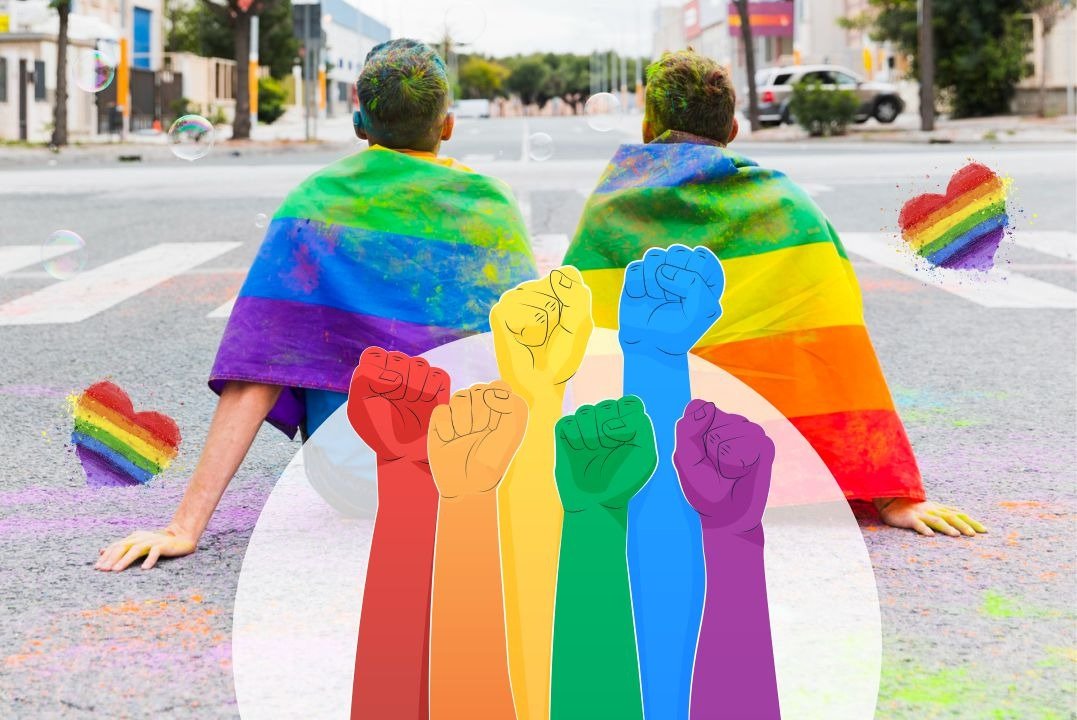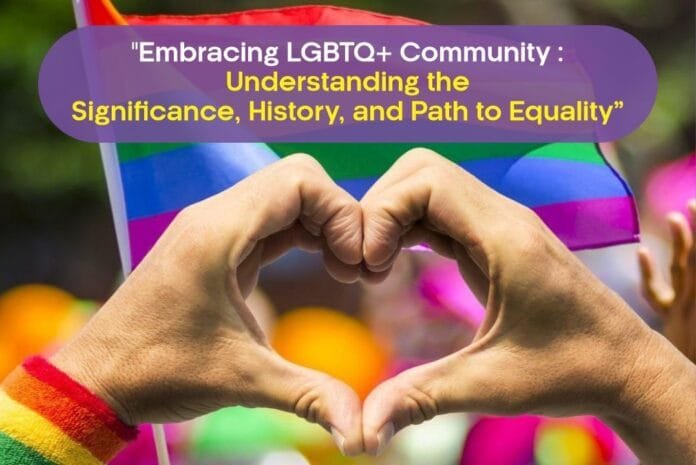Pride Month is the most significant time of the year for the LGBTQ+ community. In this article, we will explore the rich history, purpose, and significance of Pride Month, highlighting the incredible achievements, challenges, and ongoing fight for equality faced by the LGBTQ+ community. Our aim is to provide a comprehensive resource that not only educates but also empowers you to support and promote inclusivity and acceptance.
Pride Month, which takes place every June, serves as a global gathering for people both within and outside the LGBTQ+ community to come together and commemorate the spirit of inclusivity and acceptance. During this significant period, we honor the ongoing fight for equality and recognize the remarkable contributions of LGBTQ+ individuals throughout history.
To truly grasp the significance of Pride Month, we must delve into its roots. The catalyst for this annual celebration was the Stonewall Uprising that took place in New York City in June 1969. This pivotal event marked a turning point in LGBTQ+ history, as members of the community resisted police harassment and discrimination at the Stonewall Inn, a popular gay bar. The courageous actions of those involved led to the emergence of a powerful civil rights movement.
In order to foster inclusivity, it is crucial to understand the diverse identities within the LGBTQ+ community. Let’s explore some common acronyms and definitions:

a) LGBTQ+: This acronym represents Lesbian, Gay, Bisexual, Transgender, and Queer individuals, while the “+” signifies the inclusion of other sexual orientations and gender identities.
b) Sexual Orientation: Refers to an individual’s emotional, romantic, or sexual attraction to others. It includes terms such as gay, lesbian, bisexual, and pansexual.
c) Gender Identity: The deeply-held sense of being male, female, or another gender. It may not necessarily align with the sex assigned at birth and includes identities such as transgender, non-binary, and genderqueer.
d) Transgender: Refers to individuals whose gender identity differs from the sex assigned at birth.
e) Non-binary: An umbrella term for gender identities that do not exclusively align with the binary concepts of male or female.
f) Queer: An inclusive term used by individuals who identify outside of heterosexual or cisgender norms.
g) Cisgender: Describes individuals whose gender identity aligns with the sex assigned at birth.
h) Intersex: Refers to individuals born with physical sex characteristics that do not fit typical definitions of male or female.
i) Asexual: Pertains to individuals who experience little or no sexual attraction to others.
j) Ally: An individual who supports and advocates for LGBTQ+ rights and inclusion.
The Importance of Visibility and Allies:
Pride Month provides an opportunity for allies and supporters to amplify LGBTQ+ voices and promote understanding and acceptance. Allies are individuals who are not members of the LGBTQ+ community but actively work towards inclusivity and equality. Their support helps foster a safer and more welcoming environment for all.
Throughout history, the LGBTQ+ community has achieved significant milestones that have positively influenced society as a whole. Let’s highlight a few key accomplishments:
a) Marriage Equality: In recent years, numerous countries have recognized same-sex marriage, granting LGBTQ+ couples the right to legally wed and enjoy the benefits that come with it.
b) Anti-Discrimination Laws: Progressive legislation has been implemented in various regions to protect LGBTQ+ individuals from discrimination in areas such as employment, housing, and public services.
c) Representation in Media: The entertainment industry has seen an increase in LGBTQ+ representation, helping to challenge stereotypes and promote inclusivity.
Despite the progress made, the LGBTQ+ community continues to face numerous challenges:
a) Discrimination: Many LGBTQ+ individuals still face discrimination in various aspects of life, including employment, healthcare, and education. Advocacy efforts aim to eradicate these inequalities.
b) Mental Health: Members of the LGBTQ+ community often experience higher rates of mental health issues due to societal pressures, stigma, and rejection. Access to supportive resources and mental health services is crucial.
Now that you have a deeper understanding of Pride Month and the LGBTQ+ community, you might be wondering how you can make a positive impact. Here are things we can do:
a) Educate Yourself: Take the time to learn about LGBTQ+ history, terminology, and the challenges faced by the community. Engage in respectful conversations and seek out diverse perspectives.
b) Be an Ally: Actively support LGBTQ+ individuals by using inclusive language, challenging prejudice, and creating safe spaces in your personal and professional environments.
c) Support LGBTQ+ Organizations: Contribute to local and national organizations that work tirelessly to advocate for LGBTQ+ rights, provide support services, and promote inclusivity.
In embracing the spirit of Pride Month, let us recognize that promoting equality and acceptance is not limited to a single month, but rather an ongoing commitment. By educating ourselves, being allies, and supporting LGBTQ+ organizations, we can contribute to a more inclusive and compassionate world. Together, let’s strive for a future where every individual can live with dignity, love freely, and celebrate their true selves, not just during Pride Month, but every day of the year.









